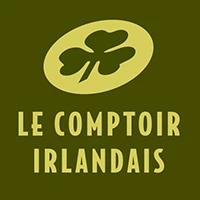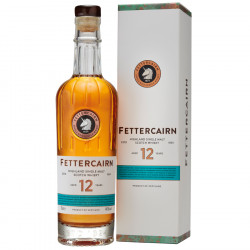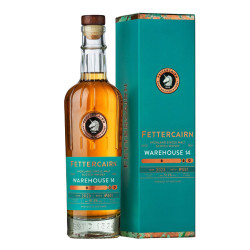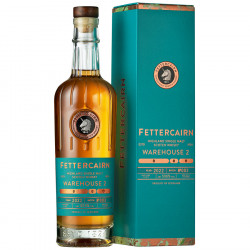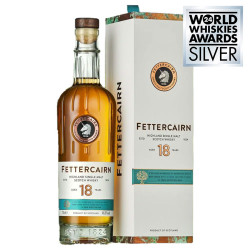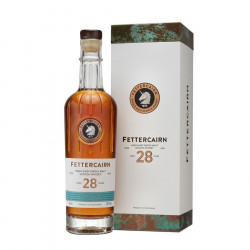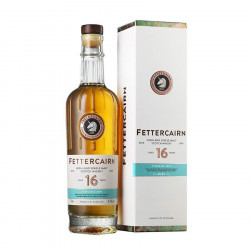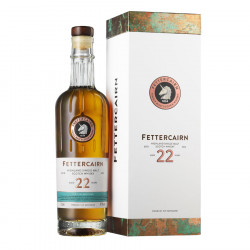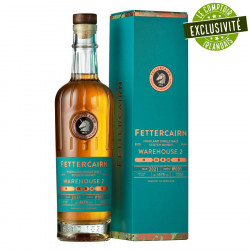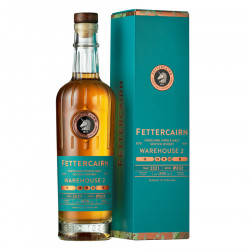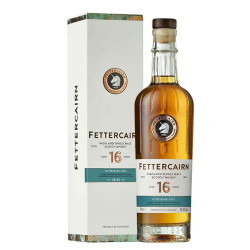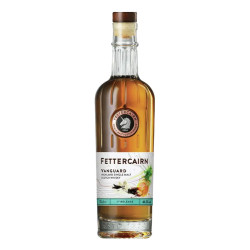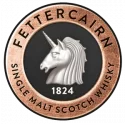
Fettercairn

A fine and fruity Single Malt, perfect representative of the Scottish style, with hints of tropical fruits and raisins.
59,00 €In StockMatured in bourbon and finished in beer casks, this rich Highland malt balances tropical fruit, malt sweetness and soft spice.
79,90 €In StockThird opus of the Warehouse 2 collection, this Batch n°003 was made from ex-bourbon casks, rum casks and French red wine barrels.
69,90 €In StockA Fettercain aged for 18 years in ex-Bourbon 1st and 2nd-fill American white oak barrels and refined in 100% Scottish oak barrels.
215,00 €In StockAged in first-fill Bourbon casks, Fettercairn 28 years old, has a complex and delicate profile.
595,00 €Single Malt aged in ex-bourbon American white oak casks, before being enriched with Sherry and Port casks.
79,90 €This Single Malt from the Fettercairn distillery has aged 22 years in Bourbon casks which have been specially selected by hand for the quality of their aging.
270,00 €Fettercairn Warehouse 2 Batch N°001 is a Single Malt made from 5 different first fill American and European oak barrels.
75,00 €Fettercairn Warehouse 2 Batch N° 002 is a Single Malt made from 29 American oak barrels, a nice highlighting of the tropical nature of the distillery.
69,00 €This 2023 edition has been made from carefully selected whiskies that have been aged and matured in Bourbon and first-fill Port casks.
94,90 €Innovative single malt matured in bourbon and hybrid casks, revealing tropical, honeyed and woody notes with a balanced, elegant finish.
129,00 €
The Fettercairn Distillery, located in the foothills of the Cairngorms in Scotland between Dundee and Aberdeen was founded in 1824 by Sir Alexandre Ramsay.
This founder fought for a long time to obtain his official distillation license. The distillery was the second in the country to obtain it.
A businessman first and foremost, Sir Ramsay turned to illegal whisky makers to recruit the best "Stillmen" who alone had the knowledge and skills to make good whiskies.
In 1829, the estate on which the Fettercairn distillery is located was bought by the Gladstone family. The son, William, was Prime Minister of the United Kingdom on four occasions. This whisky enthusiast was a staunch supporter of the Scotch whisky industry. He decided to abolish taxes on malt and on the part of angels (part of the volume of an alcohol that evaporates during its aging in barrels) and passed a law allowing the sale of whisky in glass bottles.
In the 20th century, in the 1950s, the whisky makers of Fettercairn multiplied their experiments in order to find a better way to capture the pure character of their spirits.
To do this, they discovered that pouring water on the walls of the still cools the copper and therefore increases the condensation inside. The rising vapors arrive in a cooler area, condense and fall. This happens several times until the vapors are hot, fine and light enough to pass through this cold area. They then fashioned a copper tube and placed it on top of the still tank where the water continuously flows. The glass ring on the neck of the Fettercairn bottle refers to this cooling tube.
This unique method of distillation has a great impact on the style of Fettercairn whisky, it brings this oily, fine and fruity character to the extreme. Over the years, the water that runs off the outer wall of the stills gives the copper a nice green patina.
